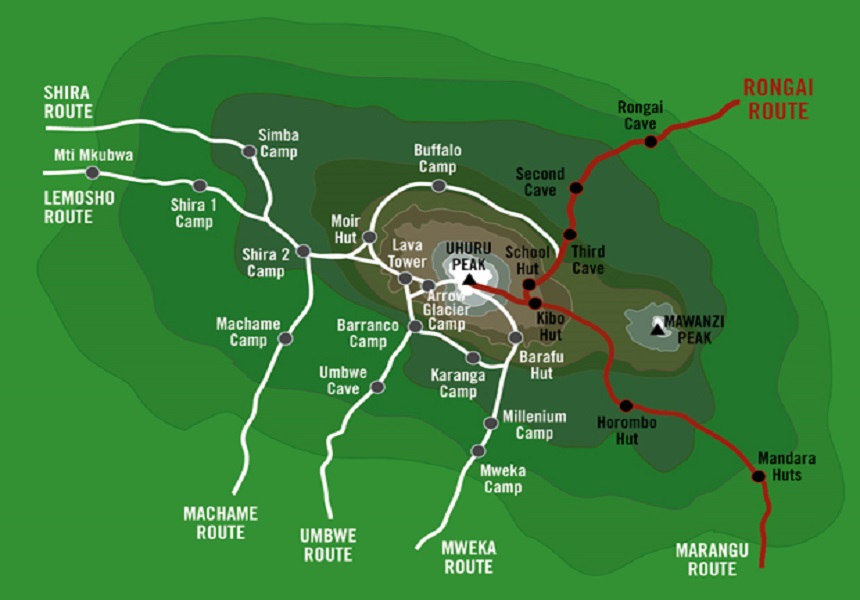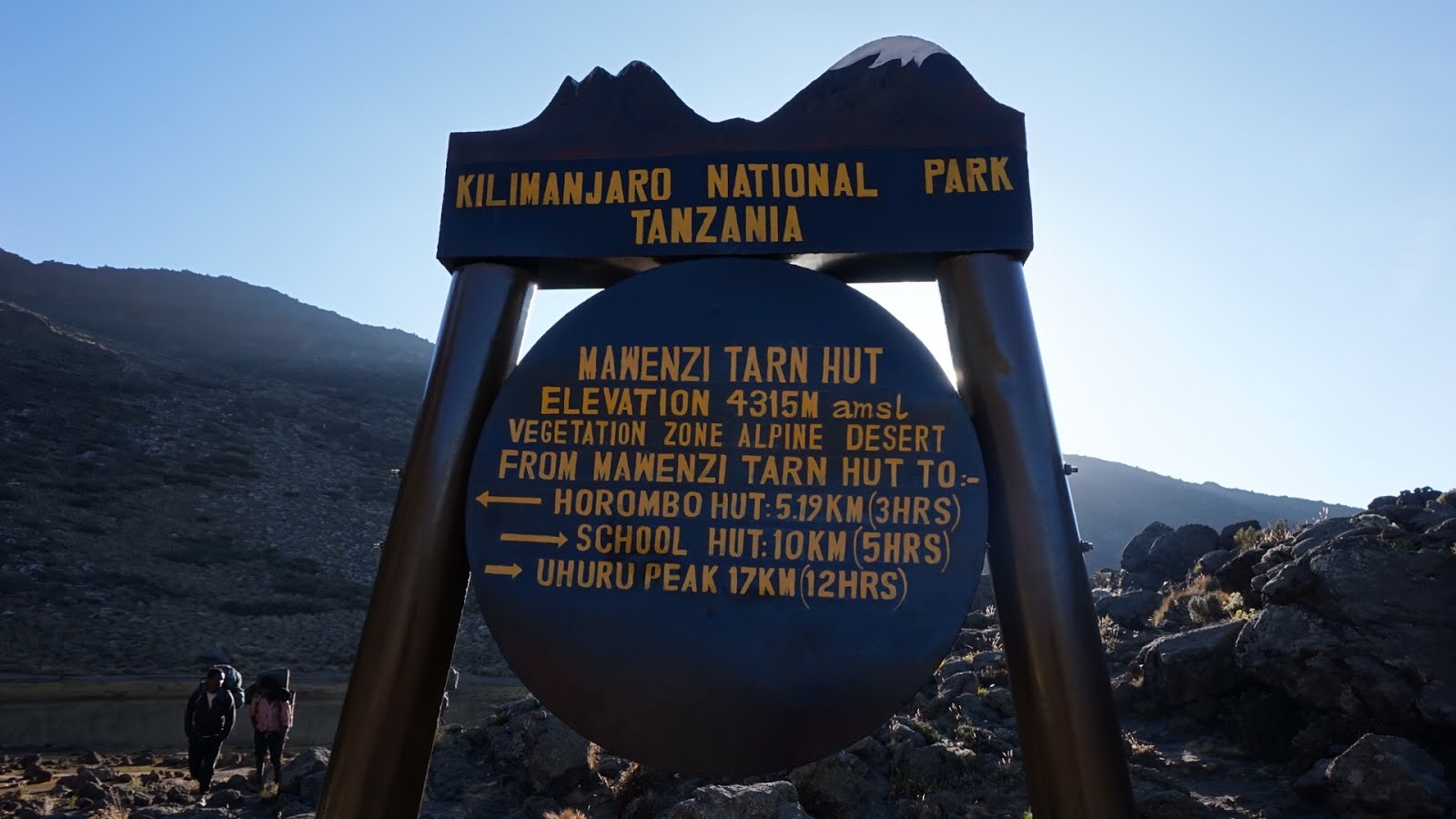The Rongai Route Tours for the 2025/2026 Kilimanjaro climbing season offers an unparalleled opportunity to conquer Africa’s highest peak in a serene and picturesque setting. With its manageable gradient, unique views, and fewer crowds, this route ensures an unforgettable adventure for climbers of all skill levels.
The Rongai Route is one of the most scenic and less-crowded paths to climb Mount Kilimanjaro, making it a favorite among adventurers seeking a more tranquil experience. This route approaches the mountain from the northern side, near the Kenyan border, offering unique landscapes and panoramic views. For the 2025/2026 Kilimanjaro climbing seasons, the Rongai Route tours promise an exceptional journey tailored for trekkers of various experience levels, blending rugged adventure with cultural immersion.

The Rongai Route is a less crowded, scenic option for climbing Mount Kilimanjaro during 2025/2026, offering a unique perspective from the mountain’s northern side. Spanning 5-7 days, the trek begins near the Kenya-Tanzania border and ascends through lush rainforests, alpine meadows, and rocky landscapes. A standard 7-day Rongai Route Kilimanjaro climbing tour itinerary includes stops at Simba Camp, Second Cave, Kikelewa Camp, Mawenzi Tarn, and Kibo Hut before the midnight summit attempt via Gilman’s Point to Uhuru Peak. The descent follows the Marangu Route, providing varied scenery. Ideal for those seeking a quieter climb, this route offers high success rates due to its gradual acclimatization profile.
The Rongai Route Itinerary for 2025/2026
| Day | Start | meters | feet | Finish | meters | feet |
|---|---|---|---|---|---|---|
| Day 1 | Rongai Gate | 2,364m/ | 7,756ft | Simba Camp | 2,671m | 8,763ft) |
| Day 2 | Simba Camp | 2,671m | 8,763ft) | Second Cave Camp | 3,450m | 11,319ft) |
| Day 3 | Second Cave Camp | 3,450m | 11,319ft) | Kikelelwa Camp | 3,600m | 11,811ft) |
| Day 4 | Kikelelwa Camp | 3,600m | 11,811ft) | Mawenzi Tarn Camp | 4,315m | 14,157ft |
| Day 5 | Mawenzi Tarn Camp | 4,315m | 14,157ft | Kibo Huts | 4,703m | 15,430ft |
| Day 6 | Kibo Huts | 4,703m | 15,430ft | Uhuru Peak | 5,895m | 19,340ft |
| Day 7 | Mweka Camp | 3,100m | 10,171ft | Mweka Gate | 1,640m | 5,381ft |
